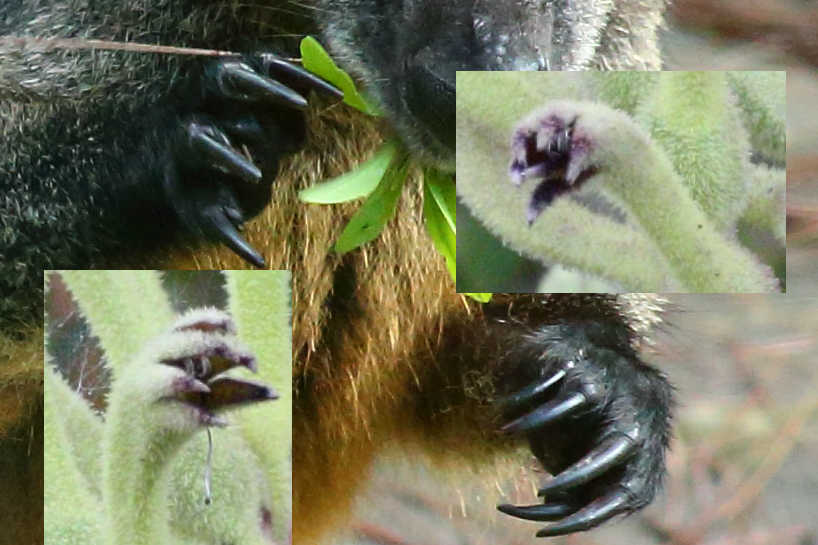Cortinarius archeri
I’ve been reading Entangled Life by Merlin Sheldrake and it inspired me to go out looking for mushrooms. It’s good timing as we’re in autumn and have recently had a lot of rain, great mushroom conditions!
During a short explore in the bush close to home I came across these large striking purple mushrooms. There were 3 of them, 2 quite large with caps approximately 10cm across, a 3rd was smaller and growing under the shelter of one of the larger ones. The caps were wet and slimy and deep purple in colour. They were growing in the ground pushing up through the covering of leaves and sheoak needles. Next to them was a small hole that looked like it had been dug by a foraging animal.


Some Google image searching pointed to it being a common Australian native, Cortinarius archeri. Cortinarius archeri has been found along the east coast from southern Queensland all the way through to southern Victoria. It’s also been found throughout Tasmania, South Australia surrounding Adelaide and in Western Australia from Perth down the south West coast to Albany. Peak season is April to July.
I sometimes upload sightings like this to the Atlas of Living Australia. I’ve not done it for a while, when I went to post there was a message saying they are transitioning to use iNaturalist to upload observations. OK. I signed up and posted, it made a suggestion that the photos were of Cortinarius archeri, quite impressive. Then within a few hours 2 community members had also suggested it was Cortinarius archeri. Nice.
Hoping to find and post some more fungi over the next few months!
[update] – I returned the next day and one of the large mushrooms had been knocked over, the day after that they were all gone! The base of the stalks were broken off at ground level. Looks like something had eaten them or taken them away







